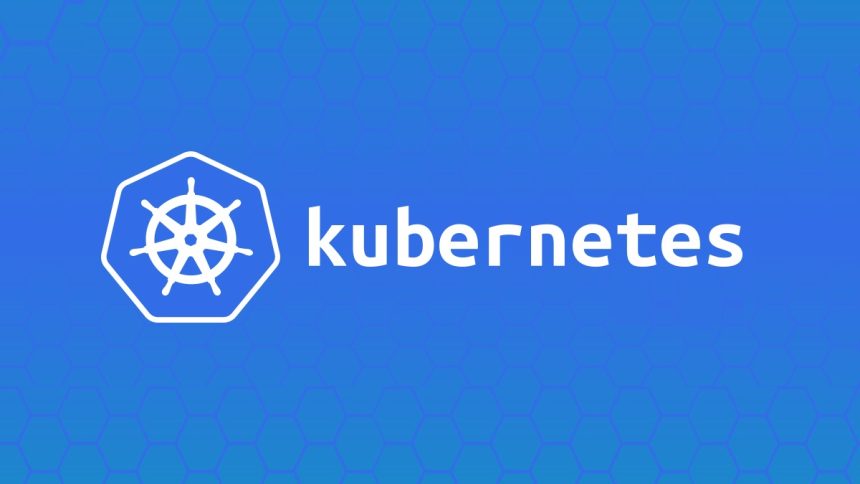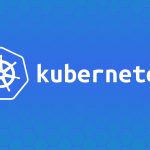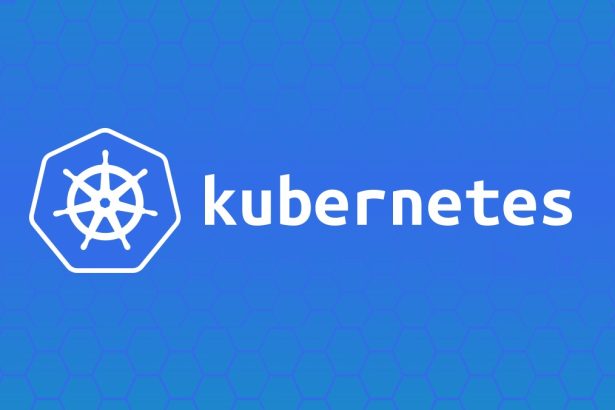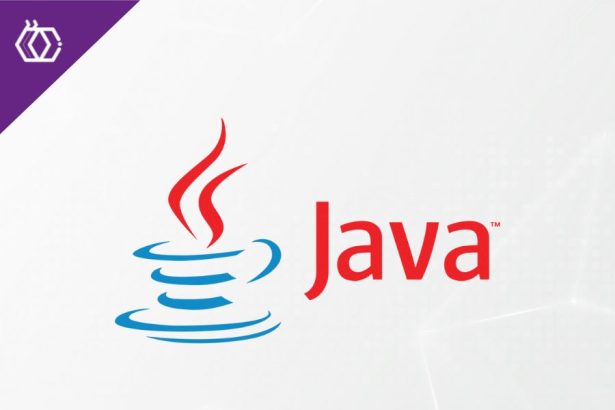Mastering a full-stack learning path that includes Spring Boot, Docker, Kubernetes (K8s), and Microservices is no longer optional for developers aiming to thrive in modern software development. Each of these tools plays a critical role in creating scalable, efficient, and resilient applications. Whether you’re building enterprise-grade microservices or orchestrating containers at scale in the cloud, these technologies bridge the gap between development and operations.
This blog provides a step-by-step roadmap for learning these technologies, from foundational concepts to advanced implementation, along with recommended resources and practical projects to solidify your understanding.
Table of Contents
- Recommended Resources for Learning
- Practical Projects to Solidify Learning
- Why This Full-Stack Path Is Essential for Developers
- FAQs About Learning Spring Boot, Docker, K8s & Microservices
1. Why Master a Full-Stack Path?
The Importance of Spring Boot, Docker, K8s & Microservices
Each tool in this stack serves a unique purpose but works seamlessly together to deliver powerful applications. Here’s why mastering them as a group is vital for developers:
- Spring Boot: Makes Java application development faster and easier by eliminating boilerplate code and enabling microservices architectures.
- Docker: Simplifies application deployment by packaging code and dependencies into containers, ensuring consistency across environments.
- Kubernetes (K8s): Automates the deployment, scaling, and management of containerized applications, making it indispensable for cloud-native development.
- Microservices Architecture: Enables the creation of modular, scalable, and independently deployable components. This architecture is essential for modern, enterprise-level applications.
Together, these technologies equip developers with the tools needed to build, ship, and scale applications in dynamic, high-demand environments.
2. Step-by-Step Full-Stack Learning Roadmap
Here’s a structured learning path, broken into three stages (beginner, intermediate, and advanced), to build your expertise systematically.
1. Beginner Stage
Core Objectives:
- Understand the foundational concepts of containerization and microservices.
- Get familiar with tools like Spring Boot and Docker at a basic level.
Topics to Learn:
- Java Fundamentals for Spring Boot: Master concepts like OOP, Streams, Lambdas, and REST APIs.
- Overview of Spring Boot: Learn what Spring Boot is, how it works, and its benefits in creating REST APIs.
- Container Basics with Docker: Start with Docker installation, understanding images, containers, and basic commands.
- Introduction to Kubernetes: Get familiar with Kubernetes architecture and terms like Pods, Deployments, and Services.
Recommended Tools for Practice:
- Spring Initializr: For setting up Spring Boot projects quickly.
- Docker Desktop: To experiment with containerization locally.
- Minikube: A local Kubernetes testing environment.
2. Intermediate Stage
Core Objectives:
- Gain a deeper understanding of deploying containerized applications and managing them at scale.
- Implement microservices using Spring Boot and Docker.
Topics to Learn:
- Spring Boot Microservices: Learn about service discovery (Eureka Server), API Gateway, and communication between microservices.
- Docker Compose: Understand multi-container applications and how to manage them efficiently.
- Kubernetes Basics: Learn how to deploy applications into a Kubernetes cluster using
kubectlcommands and YAML files. - Microservices Resilience: Implement Circuit Breaker patterns with Spring Cloud Netflix.
Recommended Tools for Practice:
- Docker Compose: For defining and running multi-container Docker applications.
- kubectl CLI: To manage Kubernetes clusters.
- Spring Cloud Config: To manage configuration in microservices.
3. Advanced Stage
Core Objectives:
- Master production-level skills like monitoring, scaling, and securing applications.
- Implement DevOps pipelines integrating these technologies.
Topics to Learn:
- Advanced Kubernetes Concepts: Learn about StatefulSets, Helm charts, and Kubernetes networking.
- Monitoring and Logging: Integrate tools like Prometheus, Grafana, and ELK (Elasticsearch, Logstash, Kibana) stack for insights into your applications.
- Cloud-Native Deployments: Practice deploying containerized applications on AWS EKS, Azure AKS, or GCP GKE.
- CI/CD Integration: Automate Docker builds, Kubernetes deployments, and microservices testing using Jenkins or GitHub Actions.
Recommended Tools for Practice:
- Helm: To package Kubernetes applications.
- Amazon EKS: Managed Kubernetes cluster service by AWS.
- Jenkins or CircleCI: For continuous integration and deployment pipelines.
3. Recommended Resources for Learning
- Spring Boot Official Documentation: Comprehensive guides and best practices for Spring Boot. Visit Here
- Docker Documentation: A great starting point for learning about containerization. Visit Here
- Kubernetes.io: Beginner to advanced tutorials from Kubernetes’ creators. Visit Here
- Spring Microservices in Action (Book): A must-read for mastering microservices development.
- TechWorld with Nana (YouTube): Engaging tutorials on DevOps tools, Docker, Kubernetes, and Spring Boot.
- KodeKloud Courses: Highly recommended for hands-on Kubernetes and Docker learning. Visit Here
- Udemy Course: Microservices with Spring Boot and Spring Cloud by Ranga Karanam.
- Pluralsight Learning Paths: Detailed Spring Boot and Kubernetes tutorials. Visit Here
- Baeldung: Expert-written tutorials on Spring Boot and related technologies. Visit Here
- FreeCodeCamp’s Docker and K8s Tutorials (YouTube): Beginner-friendly crash courses.
4. Practical Projects to Solidify Learning
Beginner-Level Projects:
- REST API with Spring Boot: Build a simple API for managing user data.
- Deploy MySQL in Docker: Use Docker Compose to set up and connect a MySQL database.
Intermediate-Level Projects:
- E-Commerce Microservices: Divide an e-commerce app into services like catalog, cart, and user authentication using Spring Boot and Docker.
- Basic Kubernetes Deployment: Deploy a Node.js or Flask app on a Kubernetes cluster.
Advanced-Level Projects:
- Scalable Microservices: Deploy microservices on AWS EKS or GKE using Kubernetes and Helm.
- CI/CD Integration: Set up automatic builds and deployments with Jenkins for a Dockerized application.
5. Why This Full-Stack Path Is Essential for Developers
Mastering Spring Boot, Docker, Kubernetes, and Microservices equips developers to handle the full application lifecycle while aligning with modern development practices. These powerful tools streamline everything from coding and deployment to scaling and management, ensuring developers stay competitive in a rapidly evolving tech landscape.
6. FAQs About Learning Spring Boot, Docker, K8s & Microservices
1. How long does it take to learn this full stack?
It depends on prior experience. Beginners may require 6-12 months of focused learning and practice.
2. Do I need to know Java to learn Spring Boot?
Yes, a solid understanding of Java is necessary since Spring Boot is built on it.
3. Can I use Kubernetes without Docker?
Kubernetes runs containerized applications, and Docker is the most common container runtime, but alternatives like containerd are also compatible.
4. Is this full-stack forward-compatible with future tech?
Yes, these tools form the foundation of cloud-native applications, making them highly relevant for the foreseeable future.
Start your full-stack learning path today, and master these industry-critical tools to build scalable, efficient, and modern solutions for your career growth!




